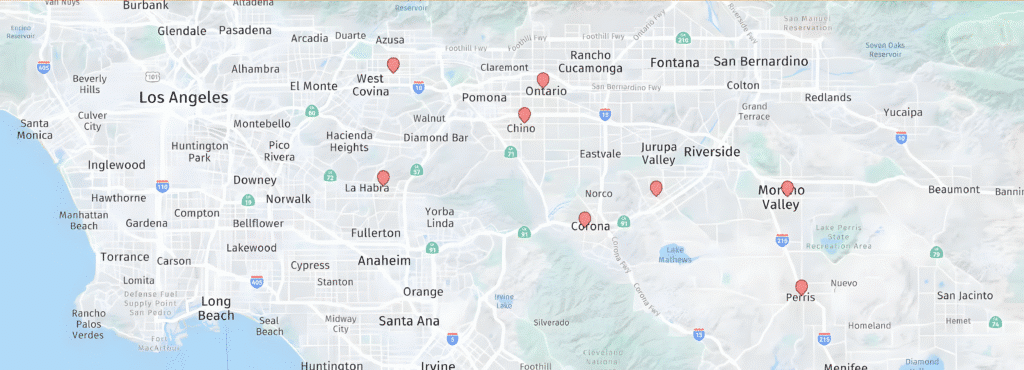
Tooth pain happens when the nerve connected to the tooth is irritated, inflamed, or damaged, typically by decay or infection. While some toothache pain is successfully treated with a simple filling procedure, if the decay or damage extends deeper into the tooth, your child might need a pulpotomy.
With seven locations in southern California, Dental Kidz Club specializes in children’s dental treatments like pulpotomy that require a high level of expertise. Here’s what our team wants you to know about pulpotomy and how it works to preserve a child’s oral health.
Pulpotomy basics
Tooth structure is more complex than most people realize. Hard on the outside, each tooth has a “pulp center” that contains the tooth nerves and blood supply.
Superficial cavities primarily affect the outer layers of teeth. If decay extends into the pulp and causes an infection, a filling isn’t going to be enough to preserve the tooth and prevent an extraction.
In these patients, our team removes the central part of the pulp (called the coronal pulp), leaving the healthy part of the tooth pulp intact. This eliminates the damaged pulp and the source of painful symptoms while still preserving the tooth’s health and allowing immature tooth roots to continue their development.
A related procedure, called a pulpectomy, removes all of the tooth pulp, including the pulp that extends into the root part of the tooth. Unlike a pulpectomy that helps preserve living teeth, pulpectomies help prevent “dead” teeth from falling out.
Pulpotomy candidates
Pulpotomy is usually reserved for primary teeth (or “baby” teeth), but the treatment also may be recommended for secondary (permanent) teeth with damaged, decayed, or infected pulp in the central area of the tooth.
While pulpotomies are an important tool for maintaining childhood oral health, they’re not the best choice for every child. In order to be successful, your child — or their tooth — needs to meet these criteria:
- No abscess around or under the tooth
- No spontaneous pain
- The tooth is sensitive to temperature changes
- Ample blood flow to the tooth
- No bone loss in the jaw supporting the tooth
Once the infected or damaged pulp is removed, the dentist often applies a medicated dressing or filling to destroy germs and prevent infection while the area heals.
Treating baby teeth
Because pulpotomy is typically performed on “baby” teeth, a lot of parents wonder why the treatment is performed at all, considering these teeth eventually fall out. Of course, the first reason is obvious: A pulpotomy can relieve your child’s painful symptoms, helping them feel better and enabling them to chew and speak without pain.
Treating pain in primary teeth helps your child perform better at school, too. Plus, they’re certainly more likely to play and socialize when they’re not suffering from tooth pain.
Beyond that simple answer, there’s another reason to treat baby teeth. These teeth serve as “placeholders” for adult teeth that are forming under the gum.
If a baby tooth is infected or if it falls out too soon as a result of decay, that can have a big impact on the adult tooth — and it can even lead to serious problems with your child’s bite mechanics and tooth alignment. By treating damaged, decayed pulp early, your child can maintain their baby tooth and prevent issues with developing adult teeth, too.
Give your child a lifetime of healthy teeth and gums
Tooth pain is a sign of an oral health problem, and for kids, these problems cause a lot of pain, in addition to potentially affecting future tooth and jaw development. If your child has tooth pain or sensitivity, call Dental Kidz Club or book an appointment online right away to learn how we can help.
